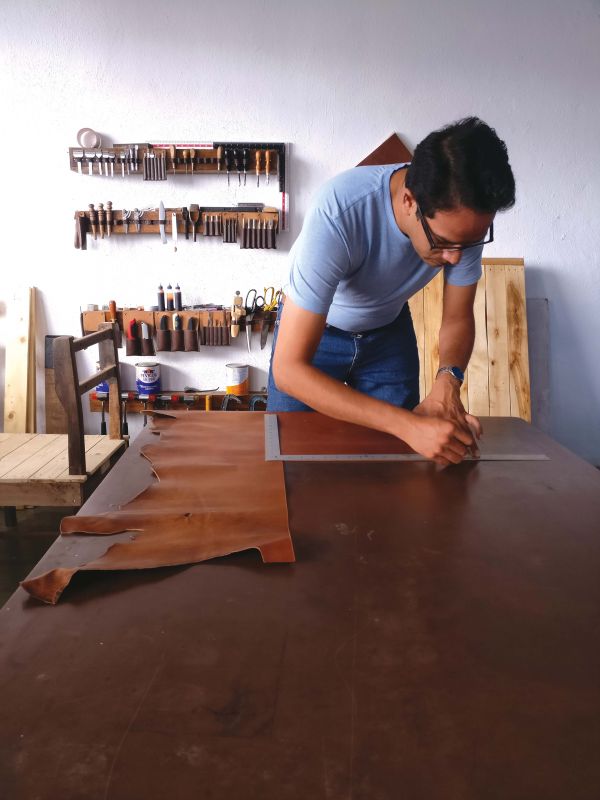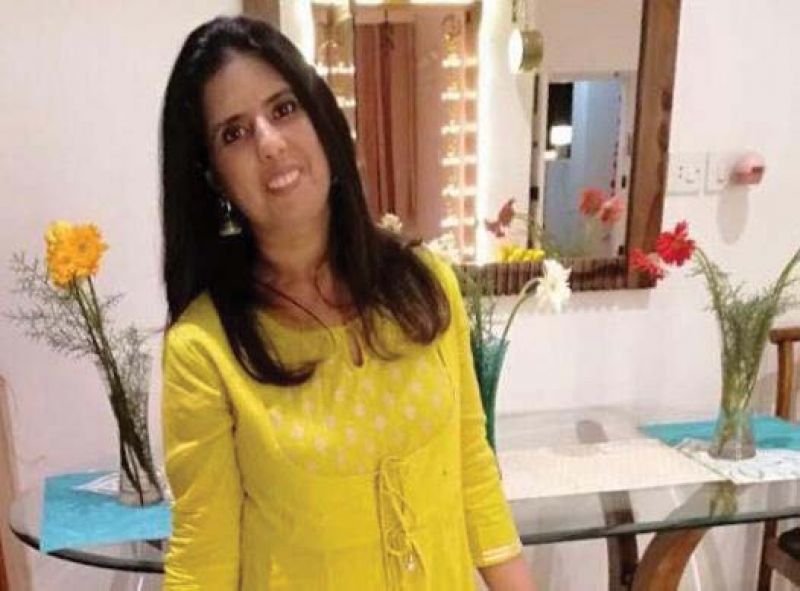Handmade with finesse!

There is much to be said about artisinal jam from a known plantation or that resin top table you made yourself with expert assistance. In that Khun fabric and Dandeli Teak jewellery you gift your friend or the homemade coco-oil soap you commission for your kid’s birthday favours, there is a certain surrealness and a feel of superior quality in embracing the original human skill of making things by hand.
 Gaurav
Gaurav
For Gaurav Godbole who makes hand stitched (using traditional saddlery techniques) leather goods; the hobby as well as the business that followed was borne from the idea of living a deliberate life. Taking a pause and thinking of what one really needs in place of mindless consumerism. In his words “When we moved back to India from NYC, we weren’t focusing on India as a market at all (Since it is known to be a very price conscious market). However within a year almost all our sales were coming from India. The response we received from our customers in India has been nothing short of amazing. Folks were blown away by how the leather looked and felt and especially the fact that the products were completely handmade”
When one purchases a handcrafted product it is also a reflection of their philosophy. IT professional Rachna Valecha has always preferred handmade because “one they cannot be duplicated. Two everything is more beautiful when it is made with a heart and joyful intention. I also feel good knowing i am supporting local community.”
 Malavika
Malavika
When the products speak for themselves, customers respond in equal measure. Take for instance Malavika Raghavan who after having spent over 10 years with global FMCG brands felt a certain sameness in the way things were. She wanted her creative spirit to feel alive again. “I started my organic, artisanal spice mix range first. They retain potency and freshness compared to mass produced factory counterparts. I am also particular about sourcing the ingredients from the best sources from around the world. Then I furthered my scope of work and started an e-commerce platform for handmade tableware and kitchen essentials too.”
 Lata Kedia
Lata Kedia
For some it is just out of love for the exquisite art-form. Image consultant and Saree enthusiast Lata Kedia says, “I wanted to have my own collection of few exceptional sarees. My heart was set on embroidered cross stitch, tent stitch and satin stitch saree that was taught to young girls in the convents by nuns visiting from Belgium more than 100 years ago. The girls would turn these into beautiful table cloths, cushion covers, handkerchiefs and of course sarees which were coveted by the stylish set. I started working with the nuns (who are now in their 70s and 80s) and developed motifs, borders and colour schemes. We dyed our own nets and chiffons and moved away from the usual bubblegum pink and cyan blues that were common in the convents.”
To conclude, one can trace the revival of this trend in wanting to be connected to the roots and also because of the shift in consumer psyche where they value handmade because that gives local artisans a job, is unique, green and has your interest in mind along with business interest. In a world moving towards Artificial Intelligence it’s heartening to see that handmade is about people and not machines.

